If you have been a designer for more than 15 years, you will also be naturally aware of the feelings of “creator” other than your genre design (graphic & digital).
I wonder what they are made of? How did the creator did it? What the purpose of it? something like I wonder the background of the creation. I feel happy when I find something common feeling even our genre is different, or it is also happy to find new learnings.
I love any “creators” from designers or craftsmen very much, and I would like to introduce love expressions from designers/creators which I can see from the finished products, so that I named the title of today. In addition to the purpose as a function, there are other purposes such as culturally appeal to emotion or they have social sense of mission. I would like people to look at other roles than functions.
Vol. 1 today is about “Shoji (Shoji is a sliding screen with white paper on thin
wooden laths).” designed by Korin Ogata (he was a Japanese painter, lacquerer and designer of the Rinpa school).
I visited the MOA museum of art in Atami the other day, there are facilities except for the museum such as Noh theater, Tea garden, Tea house etc. And I write about the Shoji of Korin’s Residence (reconstruction) which he spent the last five years and drew national treasure paintings there.
Shoji has rare to been seen in new housing in recent years, but I introduce the explanation.
Shoji
In traditional Japanese architecture, a shōji is a door, window or room divider consisting of translucent paper over a frame of wood which holds together a lattice of wood or bamboo. While washi is the traditional paper, shōji may be made of paper made by modern manufacturing processes; plastic is also in use.
Shōji doors are often designed to slide open, and thus conserve space that would be required by a swinging door.
They are used in traditional houses as well as Western-style housing, especially in the washitsu (Japanese-style room). In modern construction, the shōji does not form the exterior surface of the building; it sits inside a sliding glass door or window.– Wikipedia
I think it is a great invention in times when glass is not yet there, isn’t it.
It already has great function but Korin Ogata (He was a great painter and also great designer) designed something with it.
The following is the Shoji he designed. (Half-opened)
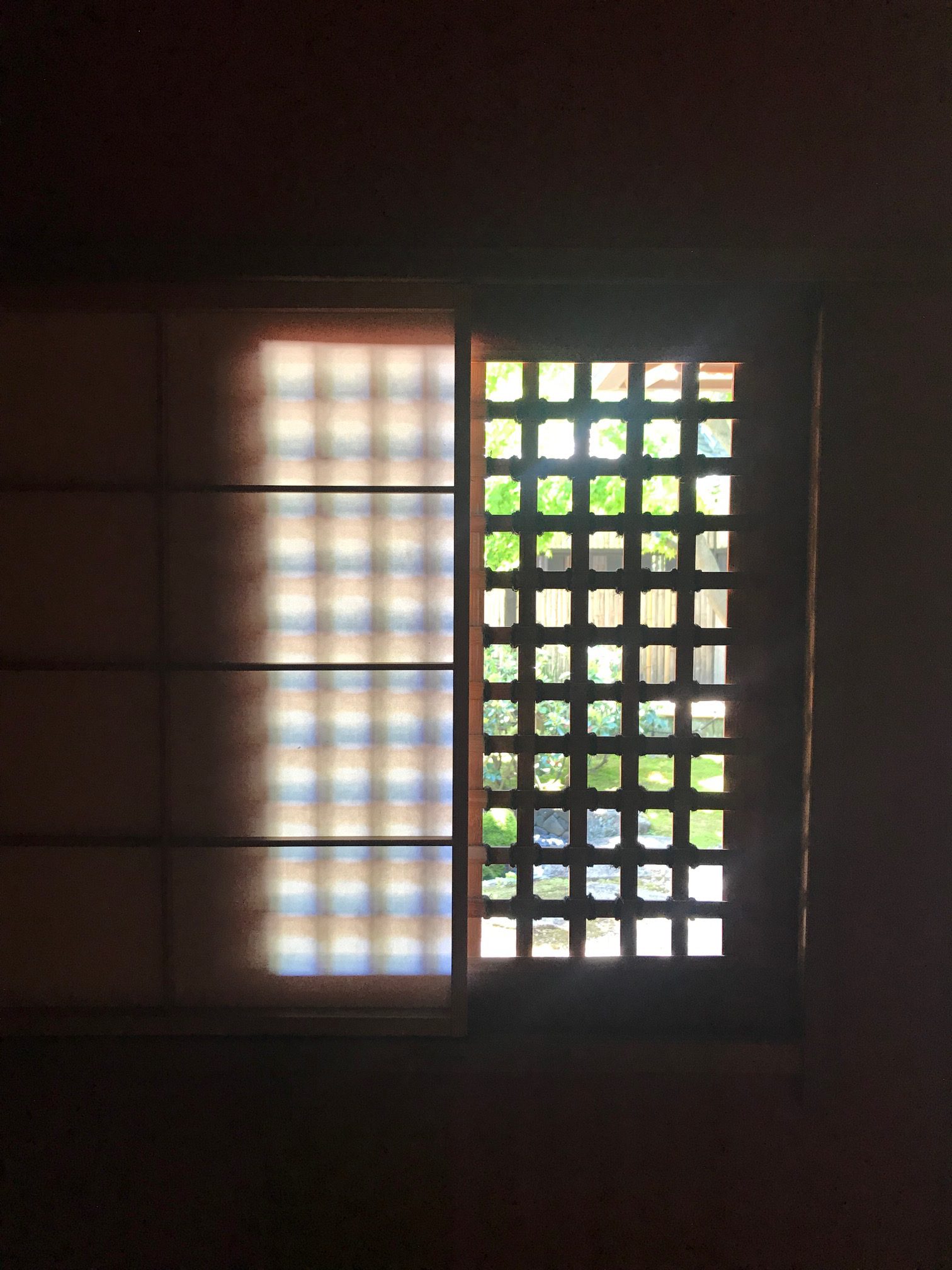
There is a lattice window, and a Shoji is set in the inside of it. The next picture is all-closed.
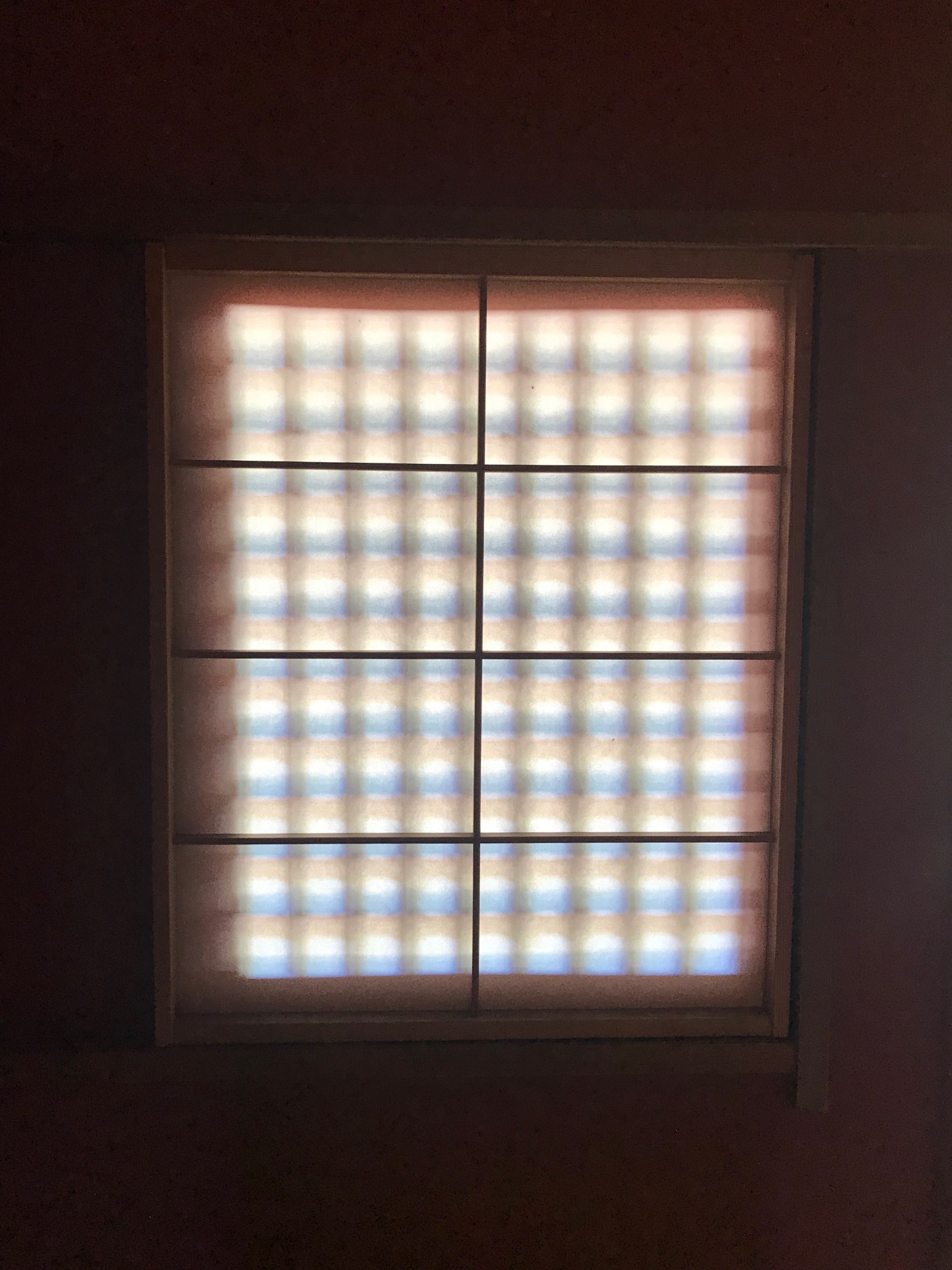
Beyond this window there is a corridor and people can come and go. Further behind that, there is a garden where trees are planted and birds come.
Well please imagine now. If someone passed over the window with the Shoji sliding door closed, what would it look like? Or when the wind blows, what does the shadow of the trees branches and leaves look like? How about the shadow of birds fly away?
I saw the Shoji when a person passed over the all-closed Shoji, when moving shadows were projected on the soft pattern made by the grid and Shoji, it was sparkling and very beautiful. And it stimulates imagination and makes me feel happy somehow because the shadows were vaguely projected. It would be a good place to play for kids.
I was told that Korin Ogata designed this Shoji to make people fun or to be pleased. I think he was a great designer who had big love and playfulness and understands the other’s feelings not only as a painter.
In this way, I would like to introduce these loves from any genre of designers/creators who have big love to make people happy or fun by designing things with not only functions.
Also it is interesting to learn about Shoji, seems there are some kinds of Shoji. One of them is called “Yukimi Shoji” which means Shoji to watch snow, and another one is called “Nekoma Shoji” which means Shoji for cats can get in and out. I love the names!



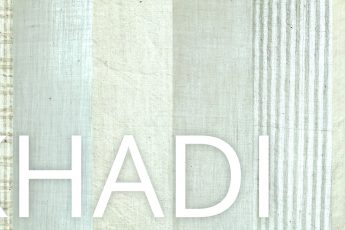
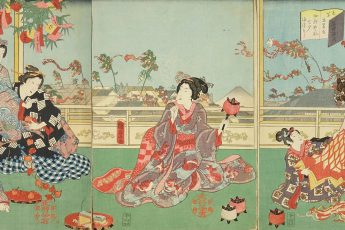

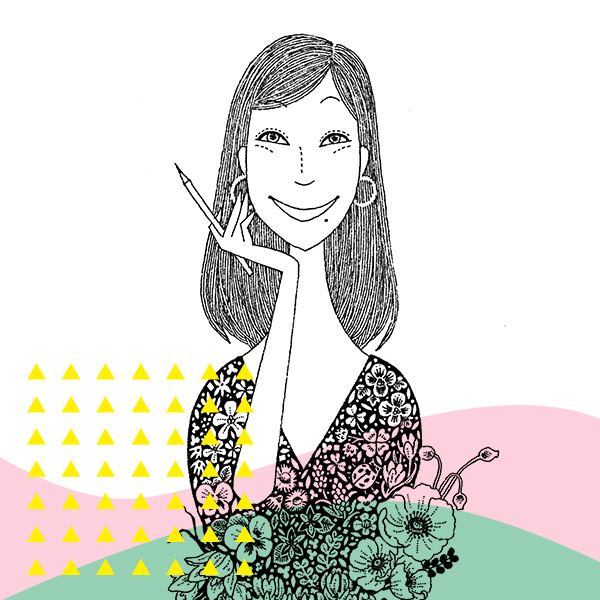

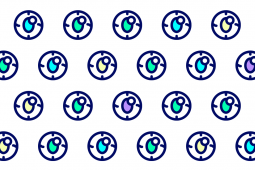

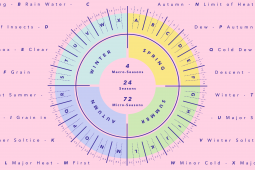
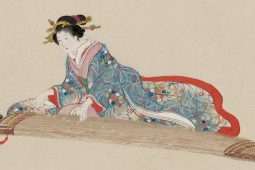


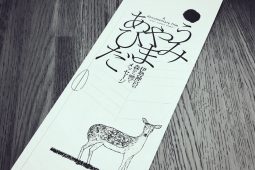


Leave a Comment